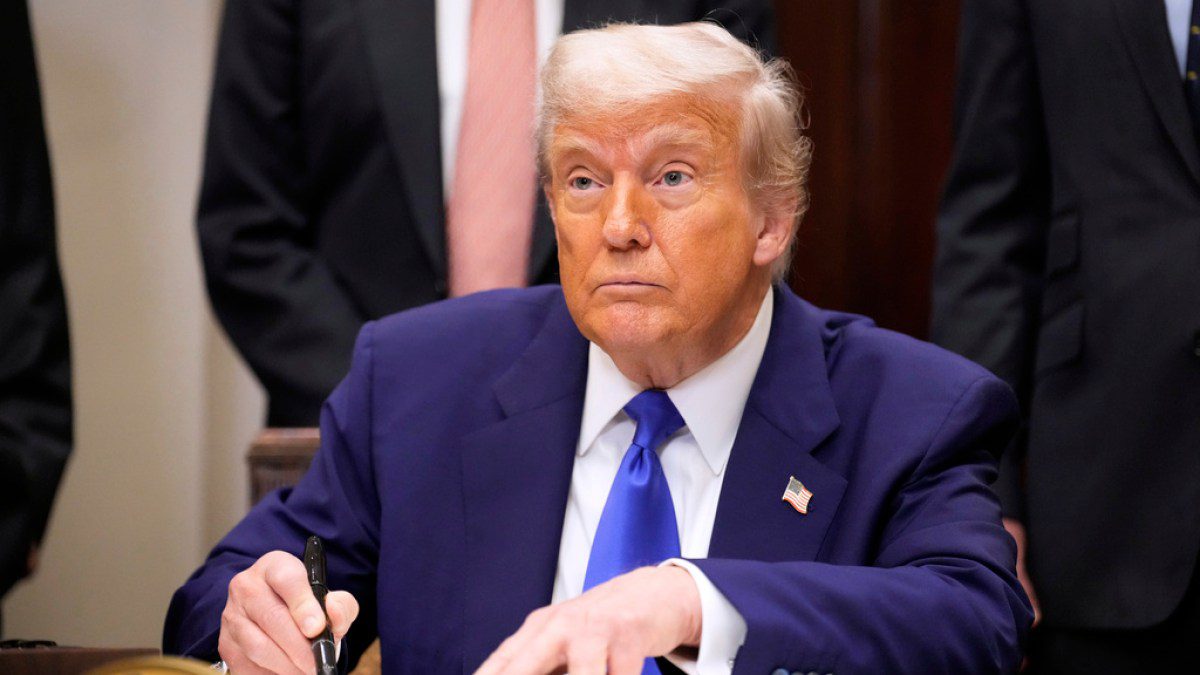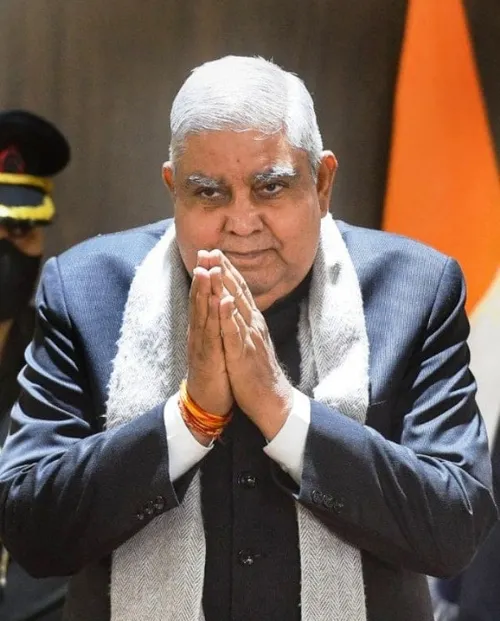President makes push to bring down drug prices that have long been a source of financial strain for US patients.
United States President Donald Trump has signed an executive order that he says will bring down the price of prescription drugs in the US by as much as 90 percent.
In an announcement on Monday, Trump said drug companies who have been “profiteering” will have to bring prices down but laid the blame for high prices primarily on foreign countries.
“We’re going to equalise,” Trump said during a news conference. “We’re all going to pay the same. We’re going to pay what Europe pays.”
People in the US have long been an outlier when it comes to the prices they pay for numerous types of life-saving medication, often paying several times more than their peers in other rich countries for nearly identical drugs.
That phenomenon is often attributed to the substantial economic and political influence that the pharmaceutical industry wields in the US.
The high cost of medical drugs has been a source of popular discontent in the US for years, and Trump accused the pharmaceutical industry of “getting away with murder” in 2017.
But in his remarks on Monday, the US leader also seemed to say that US pharmaceutical companies were not ultimately to blame for the difference in prices. Trump instead framed those high prices in the familiar terms of a trade imbalance with partners such as the European Union and said the US has been “subsidising” lower drug prices in other nations.
That perspective seems to align with the framing of the pharmaceutical industry itself. The industry’s most powerful lobbying arm stated the cause of high prices for US consumers is “foreign countries not paying their fair share”.
Senator Bernie Sanders, a left-wing politician who has railed against the high prices paid by US patients for years, said Trump’s order wrongly blames foreign countries rather than US companies for those prices.
“I agree with President Trump: it is an outrage that the American people pay, by far, the highest prices in the world for prescription drugs,” Sanders said in a statement.
“But let’s be clear: the problem is not that the price of prescription drugs is too low in Europe and Canada. The problem is that the extraordinarily greedy pharmaceutical industry made over $100bn in profits last year by ripping off the American people.”
A fact sheet shared by the White House said the administration will “communicate price targets to pharmaceutical manufacturers to establish that America, the largest purchaser and funder of prescription drugs in the world, gets the best deal”.

The stock prices of US drugmakers ticked upwards after the announcement. Experts have cast doubt on Trump’s optimistic assertion that drug prices would drop quickly and substantially.
“It really does seem the plan is to ask manufacturers to voluntarily lower their prices to some point which is not known,” Rachel Sachs, a health law expert at Washington University in St Louis, Missouri, told The Associated Press news agency.
“If they do not lower their prices to the desired point, HHS [the Department of Health and Human Services] shall take other actions with a very long timeline, some of which could potentially, years in the future, lower drug prices.”
Anurag Dhole is a seasoned journalist and content writer with a passion for delivering timely, accurate, and engaging stories. With over 8 years of experience in digital media, she covers a wide range of topics—from breaking news and politics to business insights and cultural trends. Jane's writing style blends clarity with depth, aiming to inform and inspire readers in a fast-paced media landscape. When she’s not chasing stories, she’s likely reading investigative features or exploring local cafés for her next writing spot.






